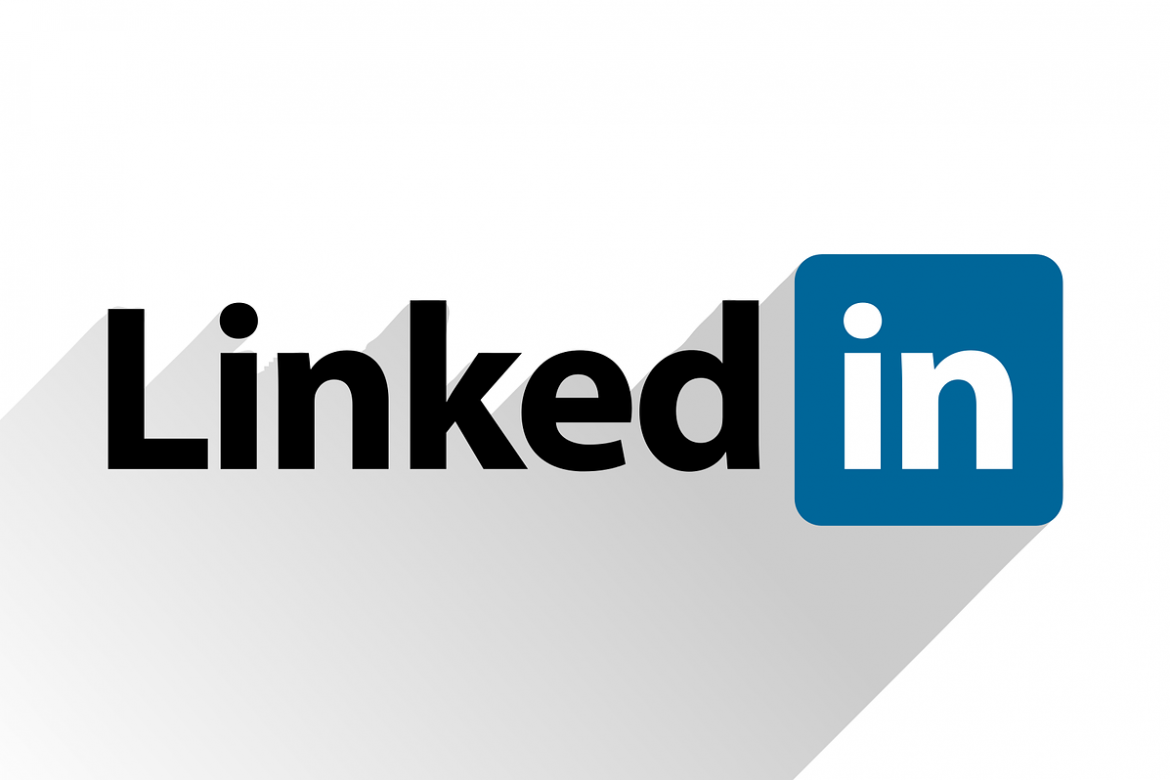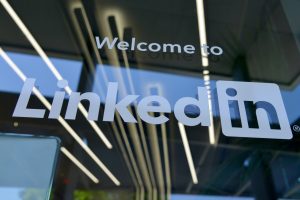Your LinkedIn profile is the most critical aspect of your professional presence on the web. Whether you’re an expert in your field or still a newbie, having a LinkedIn profile can be a huge asset to your professional life. It’s an incredibly useful tool whose importance can’t be overstated. Many professionals from different fields use it to connect with people, keep up with market trends, and even scope out the competition. Moreover, it’s often the first port of call for recruiters when looking for prospective candidates.
Given all that, it’s clear that no serious professional should be without a LinkedIn account. Thus, your profile can be considered a gateway of sorts for opportunities to find their way to you.
Think of it as your handshake. It’s the first impression you can make for others to judge. As such, it’s important for your LinkedIn profile to contain all the important details about you as a working professional. Furthermore, it helps craft a professional brand that showcases your skills, experiences, and acquired talents in the best possible light to prospective employers. Therefore, it’s vital that your LinkedIn profile be as thorough and engaging as possible.
Don’t know where to start with your LinkedIn profile? Here are some tips to help you create a profile that will impress others and help you garner your next potential work opportunity.
1. Get An All-Star Status


The more you fill out your LinkedIn profile, the better your chances are of getting noticed by potential clients or employers. Profiles on the website garner different statuses that are based on how “complete” a profile is. By filling up several components of your profile, your profile status goes up. The goal here is to reach the highest status level, which is the All-Star status.
Reaching the All-Star status is important because it improves your chances of standing out and ultimately landing more opportunities. As per LinkedIn, an All-Star status is 40 times more likely to be noticed than a profile of a lower status.
To ensure your profile reaches the All-Star status, make sure to fill up the following sections of your LinkedIn profile:
- Profile Picture
- Experience
- Skills
- Summary
- Industry & Location
- Education
- Connections
This is a simple but effective way of optimizing your profile so that it works for you, not against you. Be sure to keep things detailed but concise.
2. Optimize Your Headline And Photo
Your photo and headline are what will represent your profile in LinkedIn searches. Therefore, it’s important that these two factors give off the image or impact you want others to perceive about your profile in case they encounter it on the search results page. Your headline and photo are what recruiters will first see when your profile pops up in their LinkedIn search. Thus, these two sections need to be impactful as an accurate reflection of you as a potential candidate.
Your Photo


It goes without saying that your LinkedIn profile picture needs to look clean and professional. Whether you like it or not, appearances matter when it comes to work affairs. You want to create a brand for yourself that depicts an air of professionalism and competence. A picture is worth a thousand words, after all, so make sure yours is telling enough of how you want to be perceived.
As a general rule of thumb, make sure your face takes up around 60% of the photo. Long distance shots won’t stand out as much and you want headhunters to be able to identify you accurately. That said, opt for a picture that is relatively recent, as you don’t want anything outdated on your profile. Additionally, your profile picture should be well-lit and devoid of any clutter in the background. Stick to a photo that leans on the more formal side without looking stiff.
Your Linkedin Headline


Your Linkedin headline doesn’t have to be your job title and company. Instead, use this space to showcase your specialties as an asset to an organization. Use the headline to say a bit more about how you see your role, why you do what you do, and what makes you tick.
If your title is pretty standard for your industry and contains some good keywords, then leave it as it is. However, if your official job title is unique to your organization or isn’t very specific, then include some keywords so that people can find you and learn more about what you do.
A properly written headline is a great way to grab attention. It immediately shows prospective recruiters that your profile is relevant to their search.
3. Copy What Works For Other People


Don’t think of this as copying a profile word for word. The idea is to see what other prospective candidates have on their profiles and learn from them. Think of it as reviewing the landscape and competition prior to venturing into a new business.
Consider what other people in your field are doing, see what skills they are listing, or what type of headline they’re using. Try to determine what made you click their profile in the first place from a sea of search results. From there, put your observations to good use and apply them to your own profile. Take inspiration from other profiles and adopt what you like about them. The key is to gather the best aspects of other impressive profiles out there and tailor them to fit your own strengths.
4. Know The Difference Between Keywords And Buzzwords


Keywords are specific words that help filter search results on LinkedIn. On the other hand, buzzwords are popular words that are often used in LinkedIn headlines and summaries, sometimes to the point of being overused. A good LinkedIn profile contains an adequate amount of keywords while keeping buzzwords to a minimum.
Overused buzzwords on LinkedIn — like “specialized,” “passionate,” or “innovative” — may sound impressive, but they’re overused for a reason. There’s no assurance that the inclusion of such words in your profile will help you stand out more.
As far as keywords are concerned, they are ultimately integral in getting you noticed in searches. The skills section of your LinkedIn profile can help you include some critical keywords, so take advantage of it and maximize your incorporation of keywords.
5. Get Endorsements And Recommendations


Recommendations from individuals and organizations that you have worked with in the past can carry quite a lot of weight. To a potential employer or recruiter, a LinkedIn recommendation is like a reference in advance. They are personal testimonials written with the aim of illustrating what it’s like working with you.
Request for some recommendations from peers or former superiors to show how you can get a job well done. Don’t be afraid to specify what you’d like the recommender to focus on, either. It’s always better to have a specific recommendation that highlights your skills rather than a generic commendation.
Another way to receive recommendations is to hand them out yourself. When you recommend a fellow LinkedIn member, you are vouching for their skills and qualifications. High praise can be reciprocated in the form of recommendations that benefit you, so be generous when writing your own recommendations for other people.
Take note, though, that not every LinkedIn recommendation you receive will be to your standards. Some recommendations might not even be relevant to your current position or job that you’re applying for. Fortunately, LinkedIn notifies you of any new recommendations before they go public on your profile. Use this to your advantage and show off the recommendations that best showcase your strengths and capabilities.
6. Take A Skills Assessment


LinkedIn’s Skills Assessment feature entails different online tests that determine your level of expertise in a certain field or skill set. Should you reach a score of 70% and above, you earn a Verified Skills badge on your profile.
Having a Verified Skills badge can be a major asset that elevates your profile on LinkedIn. It’s a display of how much you’ve mastered your strengths and skills. With this, potential employers are informed of how knowledgeable you are in different fields. This can ultimately raise your chances of getting noticed and, hopefully, hired.
Candidates with a Verified Skills badge are around 30% more likely to be hired for the roles they apply for. So, although taking Skills Assessment quizzes are optional, they’re a great approach to improving your LinkedIn profile and making it stand out further. Plus, these tests can be retaken, so you have a chance of improving your score in case you’re unsatisfied with your current skill standing.
7. Put Specific Accomplishments Under Previous Jobs


It’s important to mention accomplishments in your bullet points under each of your previous jobs. When it comes to your LinkedIn profile, stating your responsibilities from former positions may not suffice. It’s your accomplishments that will show how efficient you are and how well you handled your previous work obligations.
This is a great tip not just for your LinkedIn profile, but for your resume as well. Don’t forget to include details about your work experience that show how you went above and beyond to achieve success.
Remember: show, don’t tell. Show how you achieved success, don’t just outright state that you’re successful in a particular field.
8. Highlight The Services You Offer
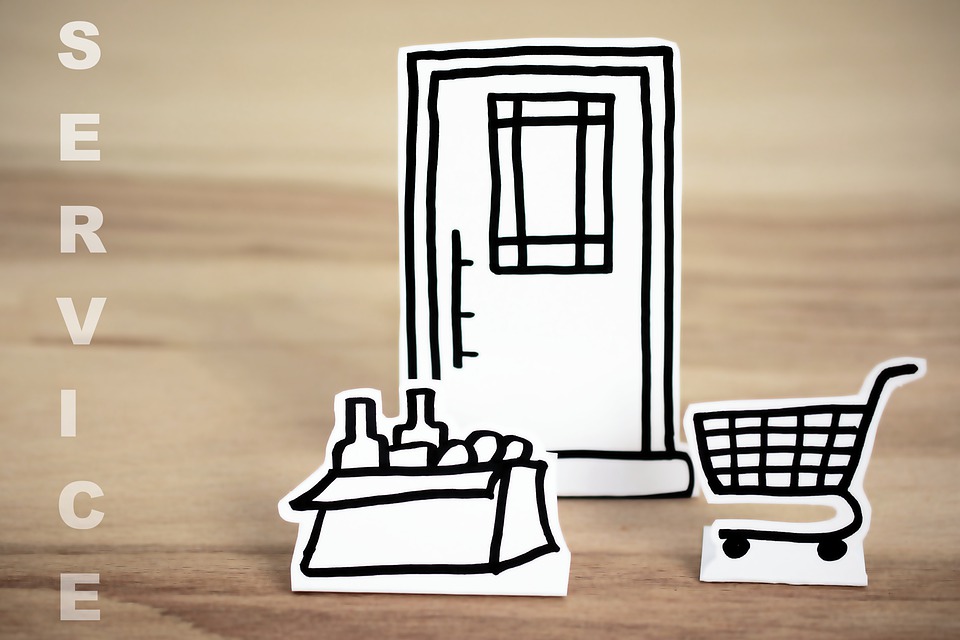

LinkedIn’s Services feature helps consultants, freelancers, and those working for smaller businesses showcase the range of services they offer. With this, prospective clients who view your page will be able to know exactly what you do and what you offer. It tells them that you are open for business.
Be as detailed as possible when describing the services that potential clients can avail when hiring you. People should not be left to figure out for themselves who you are and what you do. That’s what your LinkedIn profile is there for.
9. Highlight Your Experience In The Summary Section


The summary section of your profile is a great way to highlight what makes you unique and indispensable in your industry. It’s essentially an overview of your professional career. However, it’s more than just a space to list your skills or work experience.
Make the most out of your profile summary by showcasing some significant work experiences. Highlight what motivates you, both in your personal and professional life. Your summary is your opportunity to tell your story in your own words, so now’s the time to get creative.
10. Don’t Forget Your Resume
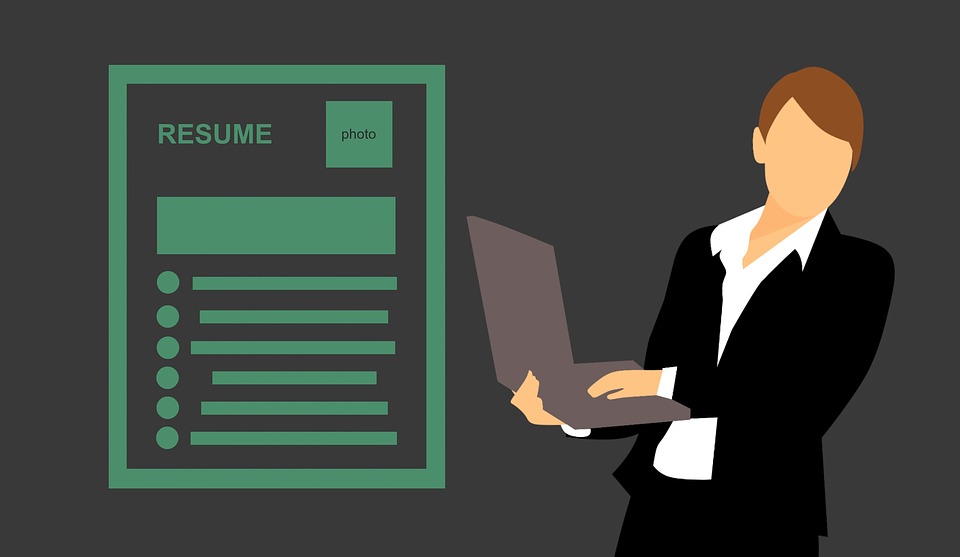

Although your LinkedIn profile already encompasses the peaks of your professional life, some employers may still look for a resume on your page. Your resume will be a more condensed version of your profile, so tailor it according to the job you’re applying for. You can even utilize LinkedIn’s Resume Builder to create a resume, as this feature uses existing data from your profile to build a resume that can later be downloaded as a PDF for easy accessibility.
More Tips
Include Volunteer Experience If Possible


A recent LinkedIn study reports that volunteer experience can give job candidates an edge with hiring managers. 41% of the recruiters surveyed said that when evaluating candidates, they considered volunteer work experience just as valuable as paid work experience. 20% of the hiring managers surveyed had made a hiring decision based on a candidate’s volunteer work experience in the past.
Having some volunteer work experience under your belt shows that you’re an employee who is proactive and goes beyond what is expected of them. It’s a good indicator of your character and work ethic, so don’t skip out on this portion when building your LinkedIn profile.
Keep Your Job Search Discreet


It’s best to stay discreet when you’re out job-hunting, especially when you’re still actively employed. Having your current employer find out on LinkedIn that you’re making plans of leaving won’t be the most professional way to go about things. Thankfully, LinkedIn has a privacy setting that allows you to keep your current activities hidden whilst you seek new work opportunities. Make use of this feature to keep your job search concealed and private.
Make Sure People Can Find You
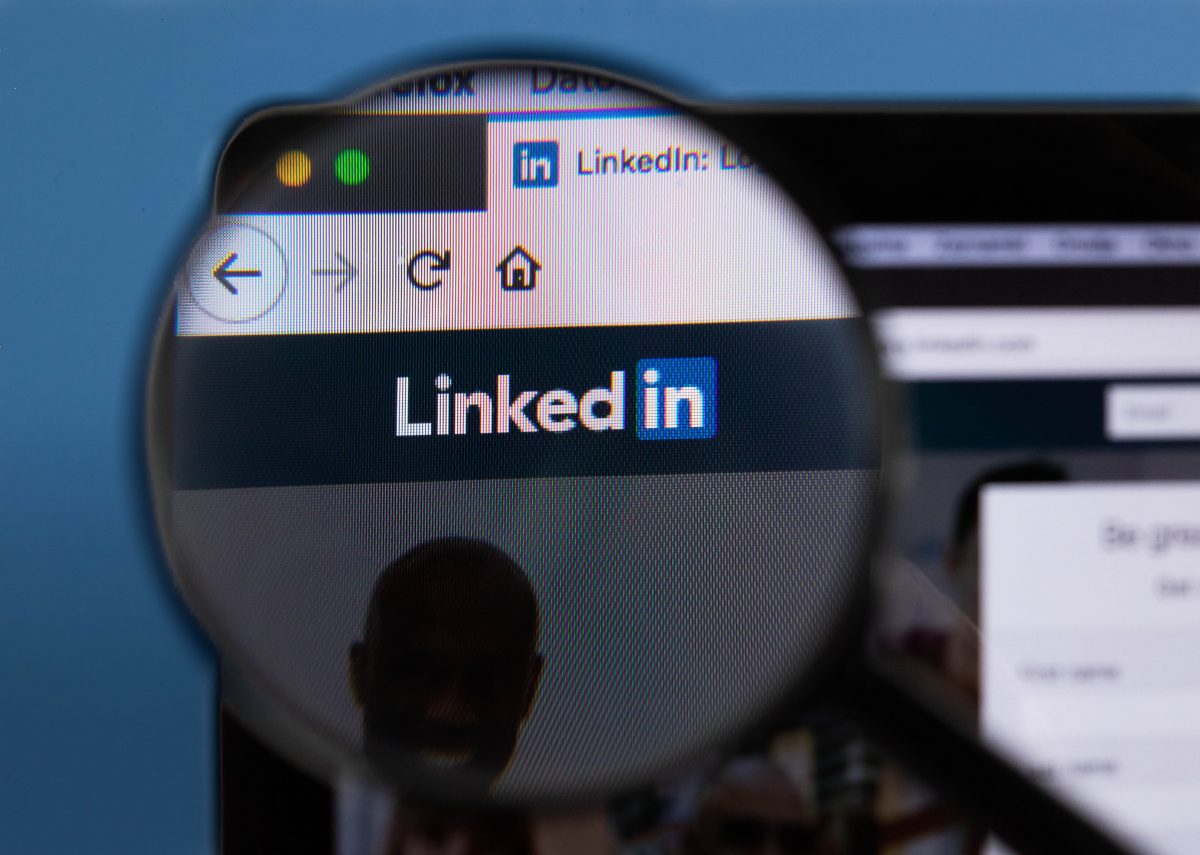

What good is an impressive profile when a potential employer can’t even reach you? Make sure the contact information on your profile is up to date. You don’t want to miss an opportunity just because of an outdated email address or phone number.
Add Multimedia When You Can


The inclusion of media can add a bit of flair to your profile. By adding media to your LinkedIn profile, you can showcase your work in a more creative manner. Add photos, videos, or even slideshow presentations to your profile summary to provide more dimension to your body of work. Show yourself in action to break some monotony in your profile. Just be sure not to overdo it. Too much multimedia runs the risk of making your profile look tacky and unprofessional.
Get LinkedIn Premium
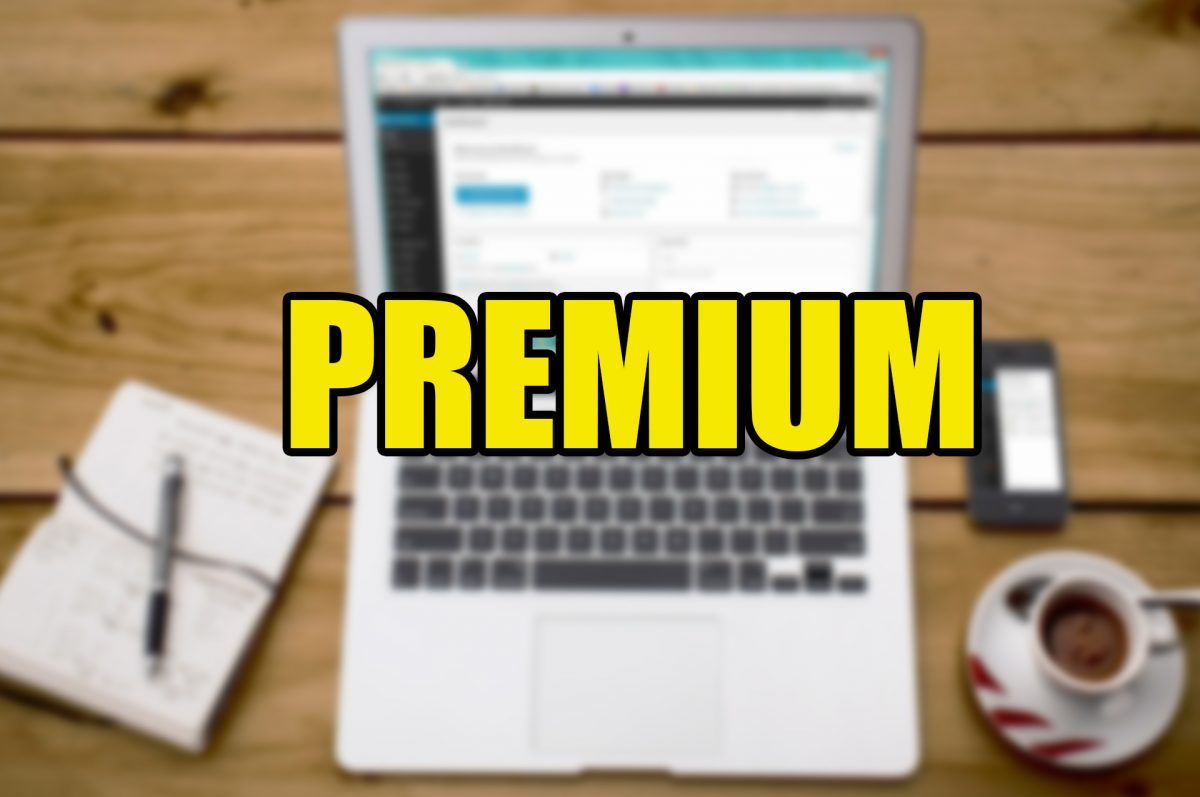

If LinkedIn Premium is a viable option for you, then by all means, go for it. LinkedIn Premium comes with a host of useful additional features that can help you maximize the website as a platform for professional networking.
One such feature is the ability to access a full list of people who viewed your profile in the last 90 days. This can tell you who might be interested in your work. Subsequently, it can help you follow up or reach out to these interested parties in order to pursue potential work opportunities.
Conclusion
It’s worth noting that no matter how impressive your work history is, it won’t garner the right attention if you don’t have an optimized LinkedIn profile for potential employers to see. Thus, it’s crucial for you to understand just how helpful having a good LinkedIn profile can be in your professional life. Considering how nearly everything is now available online, a LinkedIn profile is practically a necessity for today’s working professional.
Now is the time to get on LinkedIn, so what are you waiting for? Use these tips to help you get started on your journey to further broaden your work opportunities and enrich the professional aspects of your life. Good luck!

